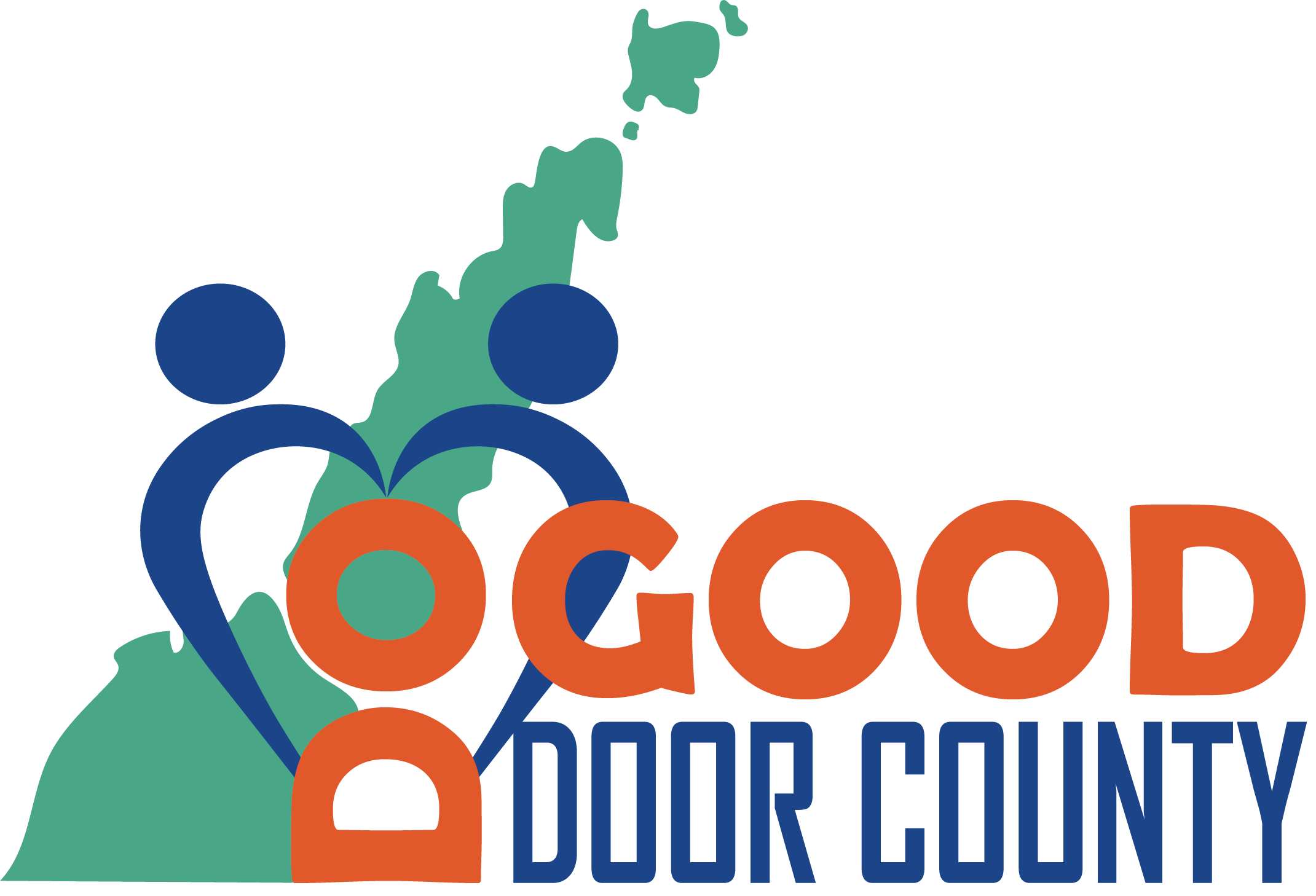An age-friendly community is one that embraces people of all ages, recognizing and addressing the unique challenges and opportunities that different age groups bring to the table. It focuses on creating an environment where older adults can thrive while maintaining their independence, dignity, and quality of life. However, the benefits of age-friendly communities extend beyond seniors; they create a harmonious setting where all community members can interact, learn from each other, and collectively contribute to the betterment of society.
The World Health Organization (WHO) has identified eight key domains that collectively shape an age-friendly community. Each domain plays a crucial role in ensuring that the community is well-equipped to cater to the needs of its aging population. Let’s take a look at these domains and understand how they contribute to the making of a holistic environment:
- Outdoor Spaces and Buildings: Ensuring accessible and safe outdoor spaces, parks, and buildings that accommodate people of all ages and abilities. This promotes physical activity, social interaction, and a sense of belonging.
- Transportation: Designing transportation systems that are convenient, affordable, and accessible to older adults, enabling them to remain connected to essential services and social activities.
- Housing: Providing housing options that are suitable for different stages of life, allowing older adults to age in place comfortably while remaining connected to their community.
- Social Participation: Creating opportunities for older adults to engage in social, cultural, and recreational activities, reducing feelings of isolation and enhancing their overall well-being.
- Respect and Social Inclusion: Fostering an environment that values and respects the contributions of older adults, while combating ageism and promoting intergenerational dialogue.
- Civic Participation and Employment: Encouraging older adults to remain engaged in community decision-making, volunteer work, and meaningful employment opportunities, thus tapping into their wealth of experience.
- Communication and Information: Ensuring that older adults have access to clear and relevant information, empowering them to make informed decisions about their health, well-being, and community engagement.
- Community Support and Health Services: Establishing a network of support services that cater to the unique health and social needs of older adults, promoting active aging and healthy living.

The development of age-friendly communities has far-reaching benefits, not only for older adults but for a community as a whole. Here’s just a few of the benefits:
Promote Social Cohesion: Age-friendly communities encourage connections between generations, breaking down barriers and promoting understanding, empathy, and mutual respect.
Enhance Quality of Life: By addressing the specific needs of older adults, age-friendly communities enable them to live fulfilling lives, reducing the risk of isolation and depression.
Maximize Resources: Older adults contribute their wisdom, skills, and experience to society. By providing opportunities for them to engage, age-friendly communities tap into this valuable resource.
Sustain Independence: Well-designed environments and supportive services enable older adults to maintain their independence, autonomy, and dignity as they age.
To gain a deeper understanding of how each domain contributes to the creation of an age-friendly community, check out this insightful video series on the Eight Domains of an Age-Friendly Community.
Creating an age-friendly community is not just a lofty goal, it’s a necessary step toward building a place where all people feel valued and reinforces the fortune of intergenerational interactions. By understanding and implementing the eight domains of an age-friendly community, we can establish environments that empower older adults to live their best lives while enhancing the lives of everyone around them. Let’s get started in Door County!

